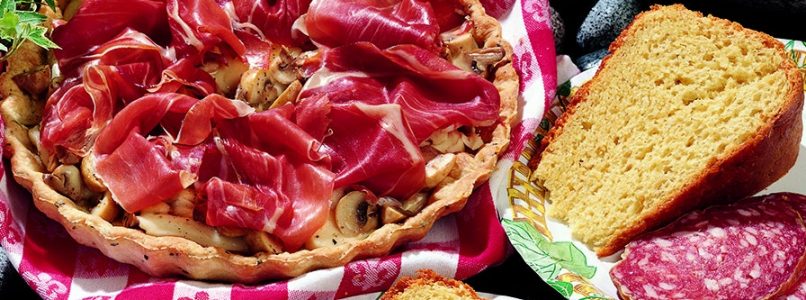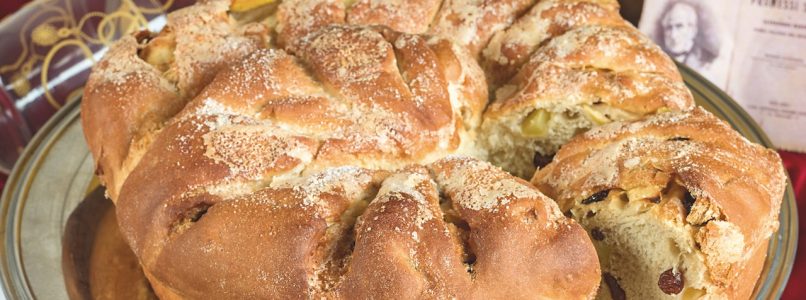Step 1
For the Easter crescia recipe, in a small bowl, with 20 g of yeast, 50 g of flour and 100 g of warm water, prepare a pastel which you will leave to rise for 30 minutes covered with a napkin.
Step 2
Place the egg whites in the bowl of the mixer and whip them until stiff with the round whisk, then add the egg yolks and, continuing to work, the oil, the pecorino cheese, the parmesan, the leavened pastel, salt and a generous grinding of pepper ( at this point the mixture will become so liquid that initially whipping the egg whites might seem like a superfluous operation; however, it is necessary to give greater softness to the final dough).
Step 3
Replace the round whisk with the hook one and, continuing to work, add 400 g of flour, 70 g of crumbled yeast and, little by little, the remaining flour (400 g), continuing to work until the dough is soft, homogeneous, very elastic and air bubbles will appear on the surface.
Step 4
Butter and flour a 32 cm diameter loose-fitting mold generously and transfer the dough into it, so that it does not fill it more than two-thirds.
Step 5
Keep in a warm place, covered with a napkin, until the rising dough fills the mold; then put it in the oven already at 180° for about an hour and 30′, covering the crescia halfway through cooking with aluminum foil, to prevent it from becoming too dark on the surface.
Step 6
Before taking it out of the oven, test the cooking with a toothpick which, inserted into the highest part of the focaccia, should come out perfectly dry.
Step 7
Crescia can be enjoyed warm or cold, cut into slices, with coarse-grained salami.


